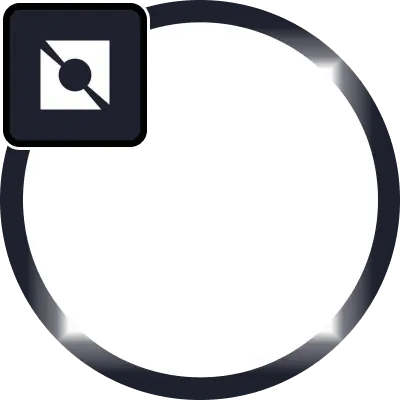Introduction
Glyph Exchange is a decentralized finance (DeFi) platform categorized as a decentralized exchange (DEX). It provides users with innovative hybrid Automated Market Maker (AMM) models, including both v2 and v3 swaps, and features FAIRC-20 token standards for greater flexibility in token creation and management. With a focus on improving liquidity and reducing trading fees, Glyph Exchange stands out by offering unique functionality, allowing users to participate in liquidity pools, create customized tokens, and interact with CoreDAO’s network.
Background and History
Glyph Exchange was established to enhance decentralized trading by integrating a hybrid AMM system that combines the features of v2 and v3 swaps. The platform’s development aligned with the growth of CoreDAO, a decentralized network supporting innovative DeFi applications. By introducing FAIRC-20 tokens, Glyph Exchange allows users more control over token functions, enabling actions like minting, burning, and creating liquidity pools. Key milestones include the launch of v3 swap capabilities and the introduction of unique liquidity architecture, further expanding the platform’s offerings for DeFi enthusiasts.
Key Features, Contributions, or Technologies
Glyph Exchange offers several key features, notably its hybrid AMM system, which supports both v2 and v3 swaps. This hybrid model combines the simplicity of v2 swaps with the advanced liquidity management of v3, giving users flexibility in trading. The platform’s FAIRC-20 token standard allows users to create, mint, and burn tokens, with each function being accessible through a streamlined interface. Additionally, the platform’s liquidity architecture supports various liquidity pools, improving capital efficiency. Glyph Exchange is also integrated with CoreDAO’s mainnet and testnet, enhancing its connectivity within the DeFi ecosystem.
Usage and Applications
Users on Glyph Exchange can trade tokens through the hybrid AMM model, choosing between v2 and v3 swap mechanisms based on their needs. The platform’s FAIRC-20 standard allows users to create personalized tokens, adding flexibility to the tokenization process. Through liquidity pools, users can stake assets and earn rewards, benefiting from the platform’s advanced liquidity structure. Furthermore, Glyph Exchange serves as an on-ramp to CoreDAO’s network, allowing users to interact directly with CoreDAO’s blockchain. The platform is widely used within DeFi for decentralized trading, liquidity provision, and token creation.
Governance & Tokenomics & Business Structure
Glyph Exchange’s governance is closely tied to the CoreDAO framework, where decisions regarding platform upgrades and features are influenced by CoreDAO’s decentralized structure. Although Glyph Exchange does not have its own governance token, users participate in governance through CoreDAO, which sets standards and policies impacting the exchange. The FAIRC-20 tokens do not contribute directly to governance but play a significant role in the platform’s tokenomics, as users can create, mint, and burn these tokens within the liquidity architecture.
Notable Events & Milestones & Achievements
- Launch of v3 Swap (March 2024): Introduced advanced liquidity management options through v3 swaps.
- FAIRC-20 Token Standard (April 2024): Enabled users to create, mint, and burn customized tokens.
- Liquidity Architecture Expansion (June 2024): Enhanced liquidity pool options and staking rewards for users.
- Integration with CoreDAO Mainnet (August 2024): Strengthened platform connectivity with CoreDAO’s blockchain, enabling broader user interaction.




